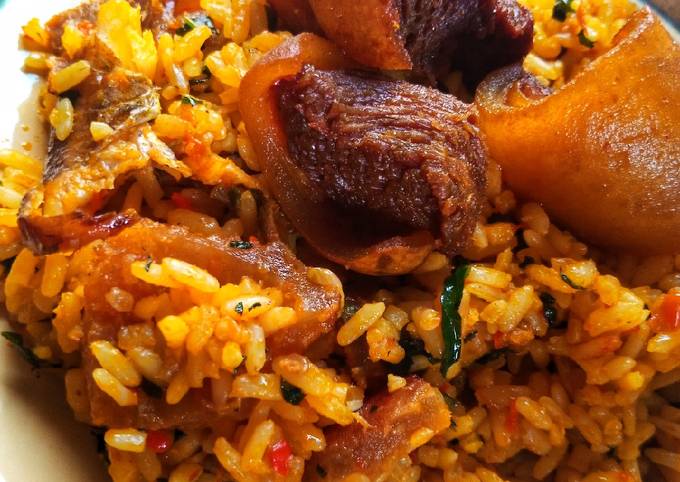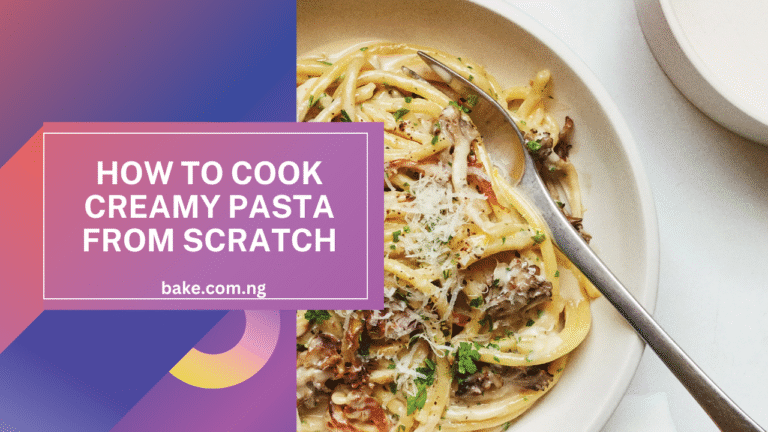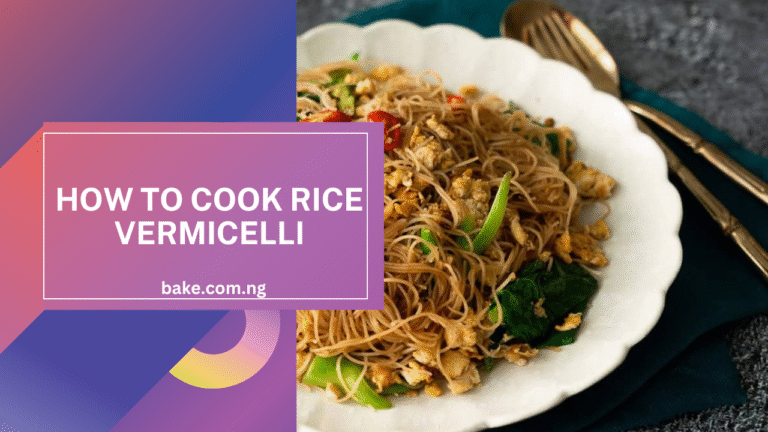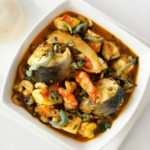Native rice, also called “Village Rice” in some parts of Africa, is a beloved dish deeply rooted in the culinary traditions of many African cultures. This rustic and aromatic rice dish stands out because of its simplicity, wholesome ingredients, and the burst of flavors that represent the essence of African cooking. Whether you’re cooking for a family gathering, a festive occasion, or simply craving a comforting plate of home-cooked goodness, native rice is a surefire crowd-pleaser.
In this post, we’ll walk you through the history, ingredients, and step-by-step instructions to make the perfect native rice. Plus, we’ll share some expert tips and variations to suit your taste.
The Origins of Native Rice
Native rice originates from the traditions of using locally available ingredients to prepare hearty meals. It is commonly enjoyed across West Africa, especially in Nigeria and Ghana, where it is made with a combination of indigenous spices, herbs, and seafood or smoked meats. Unlike the elaborate Jollof rice, native rice has a simpler preparation process, with earthy flavors that emphasize its connection to rural roots.
The recipe is versatile and allows for endless customization, making it a popular choice for homemakers who want to create a wholesome dish using whatever is available in the pantry or farm.
Ingredients for Native Rice
Here’s what you’ll need to prepare a classic version of native rice. Most of these ingredients are easy to find in African markets or grocery stores:
Main Ingredients:
- Rice (preferably local or parboiled rice) – 2 cups
- Palm oil – ½ cup
- Smoked fish or dried fish – 1 cup (deboned and cleaned)
- Crayfish – 2 tablespoons (ground)
- Locust beans (iru or ogiri) – 1 tablespoon (optional but recommended for authentic taste)
- Fresh or dried pepper – 2-3 tablespoons (to taste)
- Onions – 1 large bulb (sliced)
- Fresh spinach, scent leaf, or ugu (fluted pumpkin leaf) – 1 cup (chopped)
Seasoning and Spices:
- Seasoning cubes – 2-3
- Salt – to taste
- Ground pepper (optional) – 1 teaspoon
- Dry thyme – 1 teaspoon
Protein Options (Optional but encouraged):
- Shrimps or prawns
- Snails
- Smoked chicken
- Goat meat
- Chicken
Step-by-Step Instructions
Step 1: Prepare the Ingredients
- Wash and parboil the rice: If using local rice, wash thoroughly to remove dirt and stones. Parboil the rice for 10 minutes and drain off excess starch. This step ensures that the rice cooks evenly and remains fluffy.
- Debone the smoked fish: Rinse the smoked or dried fish in warm water and carefully remove the bones.
- Prepare the vegetables: Wash and chop the spinach, scent leaf, or ugu leaves. Set aside.
Step 2: Cook the Base Sauce
- Heat the palm oil in a large pot over medium heat. Allow it to heat slightly but not bleach.
- Add the sliced onions and sauté until translucent and fragrant.
- Stir in the ground crayfish, locust beans, and pepper. Let this cook for 3-5 minutes to release their flavors.
- Add the deboned smoked fish and any additional protein you’re using (such as chicken, shrimps or snails). Stir gently to combine.
Step 3: Add Rice and Cook
- Pour the parboiled rice into the pot and mix it with the base sauce until the rice is well coated.
- Add enough water or stock to cover the rice. Stir and taste for seasoning. Adjust with seasoning cubes, salt, or pepper as needed.
- Cover the pot and cook on low to medium heat until the rice absorbs the liquid and becomes tender. This should take about 15-20 minutes.
Step 4: Add the Vegetables
- Once the rice is cooked, stir in the chopped vegetables (spinach, scent leaf, or ugu). The heat of the rice will cook the vegetables slightly, keeping them vibrant and nutritious.
- Cover the pot for 2-3 minutes to allow the flavors to meld.
Step 5: Serve and Enjoy
Your native rice is now ready! Serve it hot, garnished with extra fish or shrimp if desired. It pairs wonderfully with a chilled glass of palm wine, zobo, or your favorite drink.
Expert Tips for Perfect Native Rice
- Palm oil quality matters: Always use fresh and flavorful palm oil for the best taste.
- Layer the flavors: Start with a rich base of onions, pepper, and crayfish to create depth.
- Balance the spices: Adjust the pepper and salt to suit your heat tolerance.
- Use fresh ingredients: Fresh vegetables and good-quality proteins elevate the dish.
- Cook on low heat: Native rice tastes better when cooked slowly, allowing the flavors to meld.
Variations of Native Rice
- Vegetarian Native Rice: Skip the fish and meat, and add more vegetables like bell peppers, carrots, and green beans.
- Seafood Native Rice: Use a combination of shrimps, crab, and periwinkle for a seafood twist.
- Coconut Native Rice: Replace some of the water with coconut milk for a creamy, rich flavor.
- Niger-Delta Style: Add banga spices for a distinct taste from the Niger-Delta region.
Nutritional Benefits of Native Rice
Native rice is a balanced meal that combines carbohydrates, proteins, healthy fats, and vitamins. It is especially rich in:
- Omega-3 fatty acids (from smoked fish and crayfish)
- Antioxidants (from fresh vegetables and palm oil)
- Dietary fiber (from leafy greens)
Conclusion
Native rice is more than just food—it’s a celebration of African heritage and flavors. This dish is easy to prepare, bursting with aroma, and perfect for sharing with loved ones. Whether you’re cooking it for the first time or revisiting a beloved childhood recipe, the process is as rewarding as the dish itself.
So gather your ingredients, light up your stove, and get ready to create a meal that connects you to the heart of African cuisine. Don’t forget to share your cooking experience and let us know how your native rice turns out!








